The third and last post on Lester Bookbinder, unless by some miracle I get to interview him.
If I thought finding the pictures was tough that was nothing compared to finding the words.
But here’s what I’ve managed to discover.
a) He was born in New York City in 1929.
b) He trained with the photographer Reuben Samberg.
c) He opened his own studio in 1955.
d) He moved to London in 1959.
e) Long before the New York Police Chief Bill Bratton started talking ‘zero tolerance’, Lester was operating a similar policy in London way back in the sixties.
MARTIN HILL, (Set Art Director): ‘No detail was beyond his eagle eye. The almost invisible joints in wallpaper, micro blemishes on a distant skirting board, all had to be dealt with and rendered perfect.
On a square foot basis his sets were by far the most expensive and time consuming to make.
Mouldings were baked enamel, wall paper hand stenciled, all surfaces exercises in perfection.
One of his tricks was to direct a carbon arc light across the set to highlight any imperfection, and woe betide if found any were found.
To have him walk on set on the morning of the shoot and just nod his head in approval was one of the art director’s highlights.’
RON COLLINS, ( Art Director): ‘Years ago we were shooting a still life. Just a bottle and glass of beer. It was only the second time I’d worked with Lester and he spent about six hours setting it up.
Finally he asked if I’d like to have a look.
So I looked through the camera and then reached around and gently moved the glass about 1/32 of an inch.
When I turned around Lester had gone.
I went into the office and asked his secretary where he was. She said he’d probably gone for a walk and would be right back. I told her what I’d done and her face darkened. “Oh dear”, she said, “he won’t have liked that’’.
Finally he returned.
“Ronnie’’, he said very “please don’t ever do that again. Talk. Point. But don’t touch!”
I realized he’d spent hours finessing the shot and I had ruined it in a moment.
Since then, even with the young photographers, I don’t touch. I point.’
ROMAIN d’ANSEMBOURG, (Photographer): ‘During my diploma course at the Ealing Technical College, in 1983 or 1984, we were invited to Lester Bookbinder’s studio.
What struck me most was his attempt to capture the hollowness of an avocado after removing the stone. He showed us a sequence of 10×8 or 11×14 inch transparancies of an ever increasing ‘emptiness’ – on the edge between (suggested) 3-dimensionality and 2-dimensionality (to which we poor photographers are condemned); with a degree of perfection and urge to capture the uncapturable that I will indeed never forget.’
MARK REDDY, (Art Director): ‘Lester ignored me during the shoot, until at one point I heard him shout from under the black cloth “Mark…come and have a look’’.
I thought finally he’s warming up, I walked over to the camera and put my head under the black cloth.
I’m now virtually nose to nose with Lester.
He looked at me and said “Not you!”.
He’d meant his assistant, also called Mark.
I slunked back over to my chair.
JOHN O’DRISCOLL, (Art Director): ‘When I worked with Lester his set looked nothing like a normal set, it was like the laboratory of some strange scientist; weird tungsten lighting everywhere, and three assistants, dressed head to toe in black. They looked like waiters.’
BARNEY EDWARDS, (Photographer): ‘He was once shooting for an agency in Germany, he sent the film to Germany for approval.
They asked for something to be moved in the composition.
The following day Lester sent a new batch of film to Germany.
What they saw were not their amendments to the composition, but Lester’s assistant standing in front of the set with his his two fingers sticking up. Exactly as Lester had positioned him.’
Whatever the description of his working method, the results are as powerful today as they were then.
This first batch of work was shot by Lester in New York during the fifties.









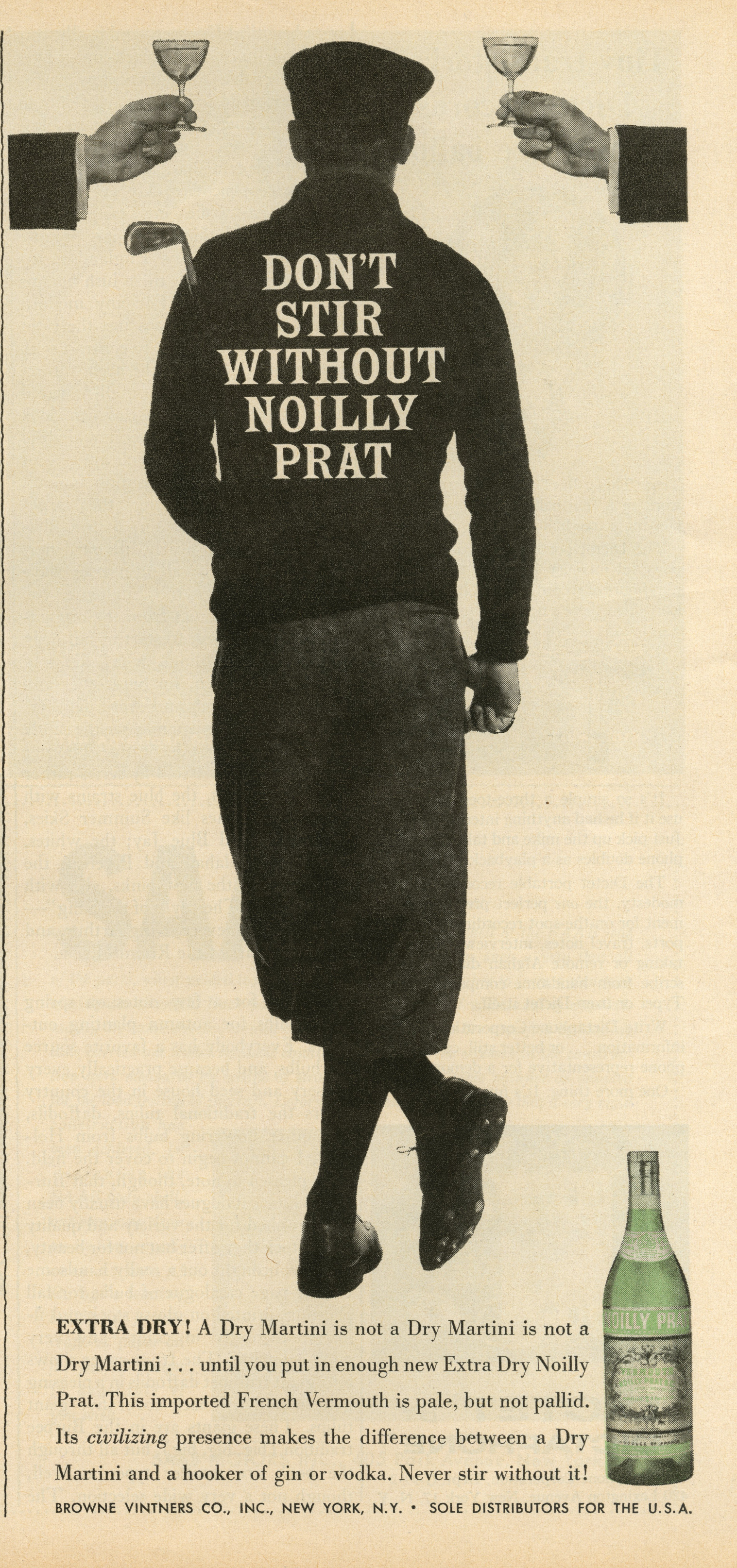



Around 1959/60, he moves to London becoming a regular contributor to Vogue, Queen and Nova.
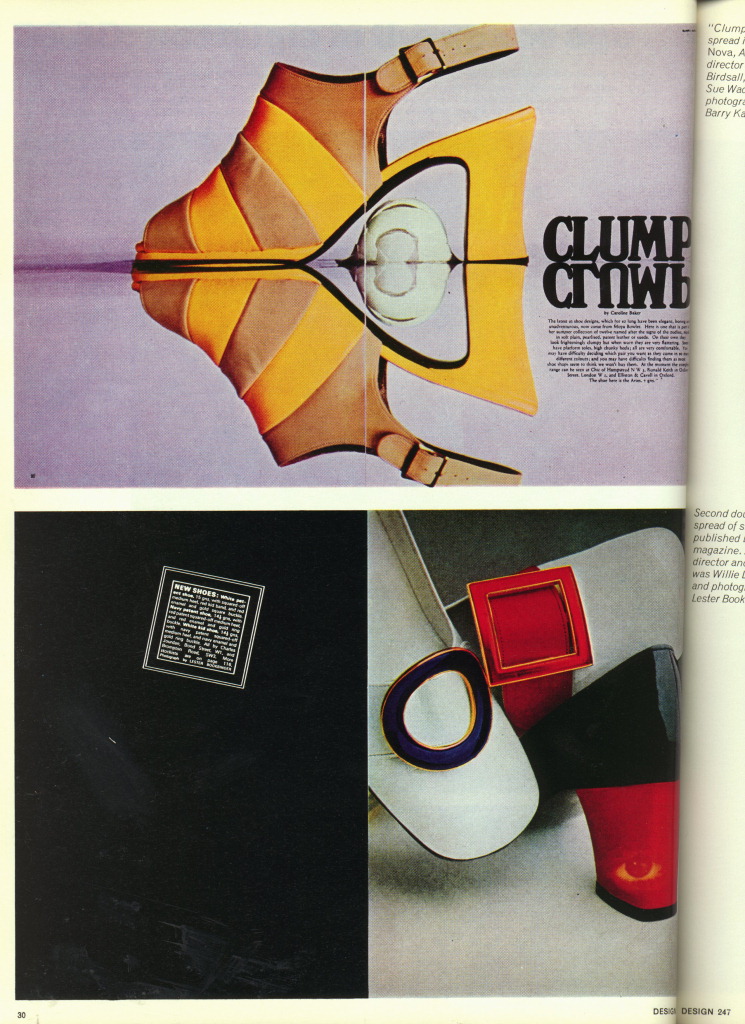

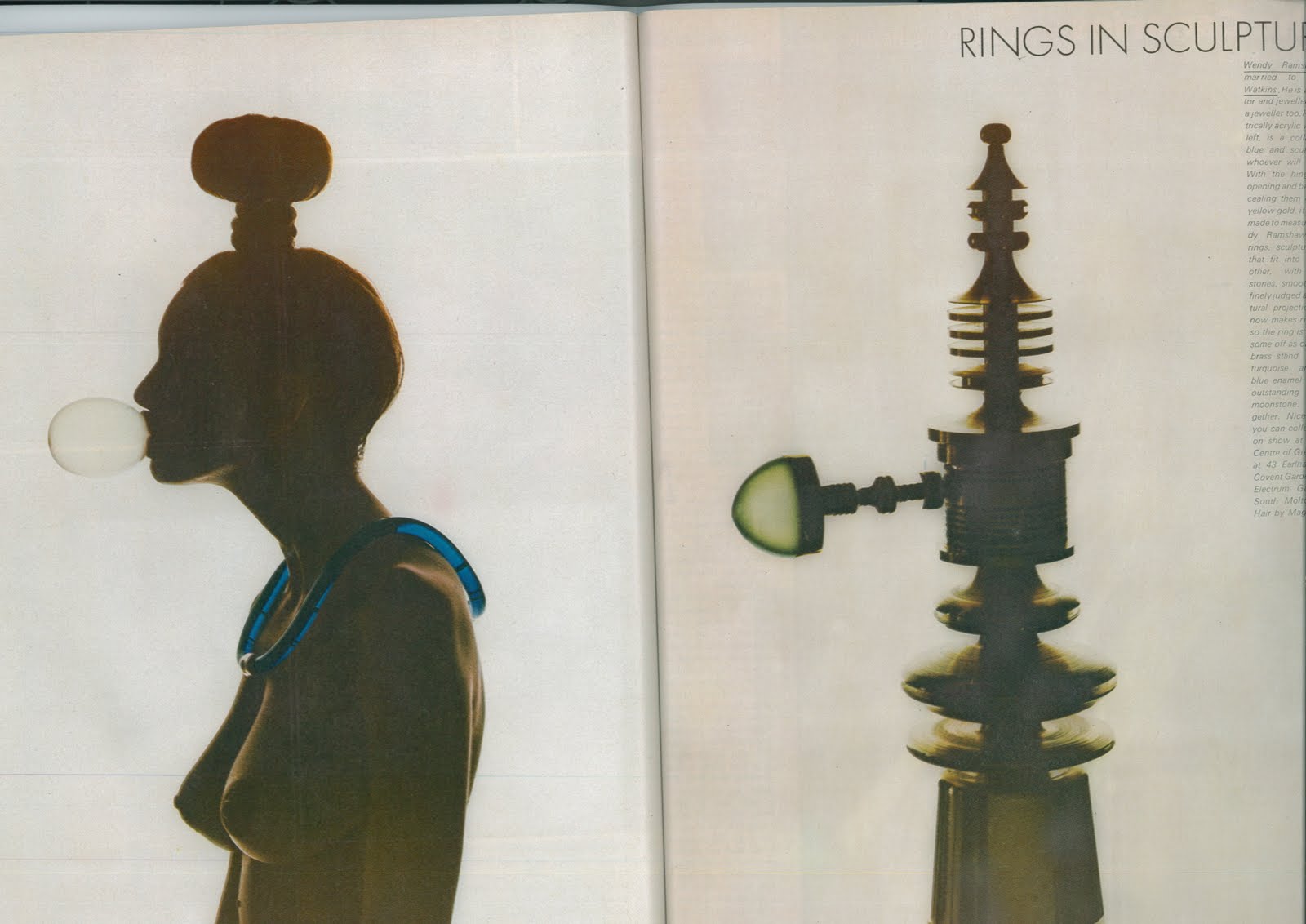

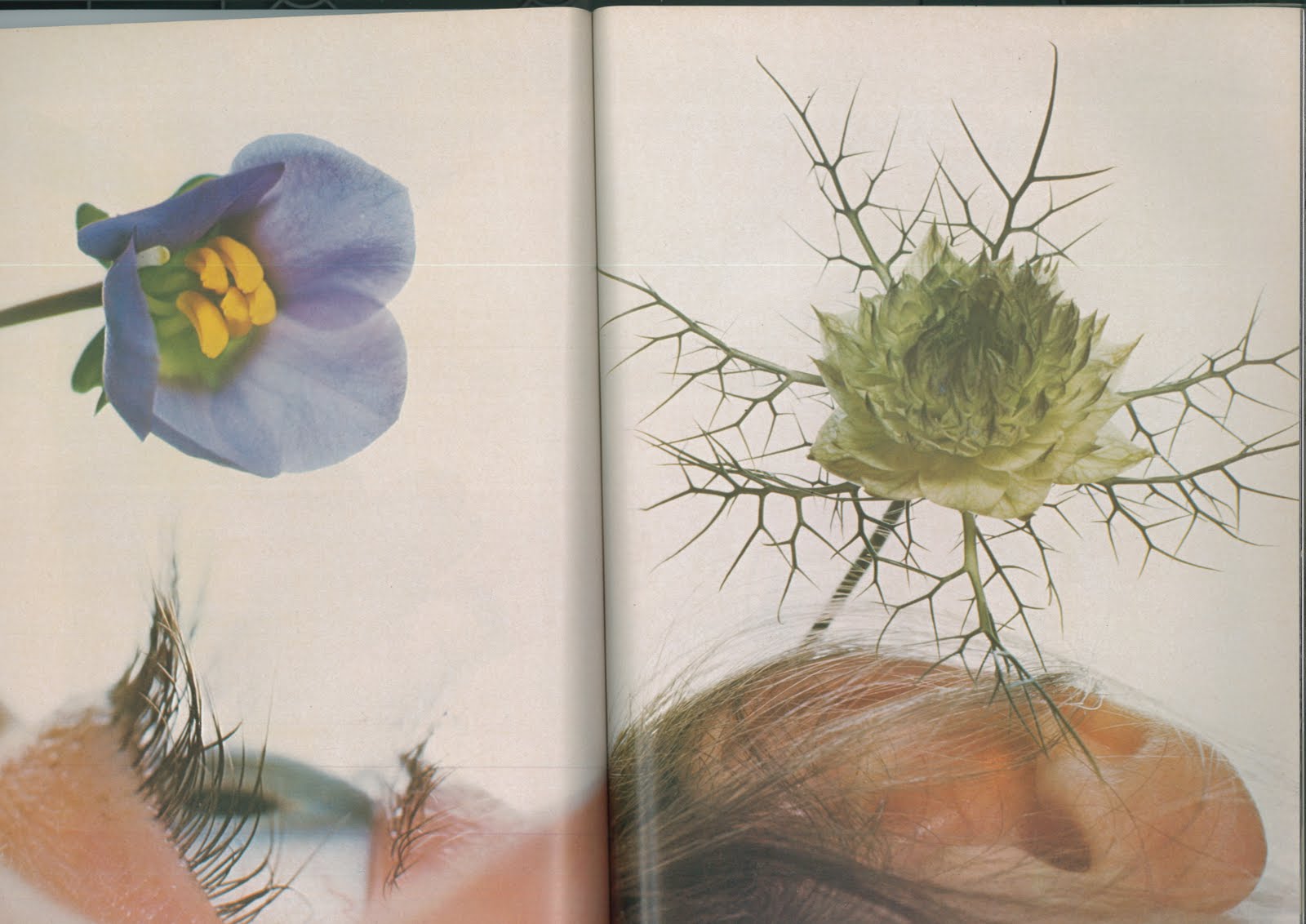

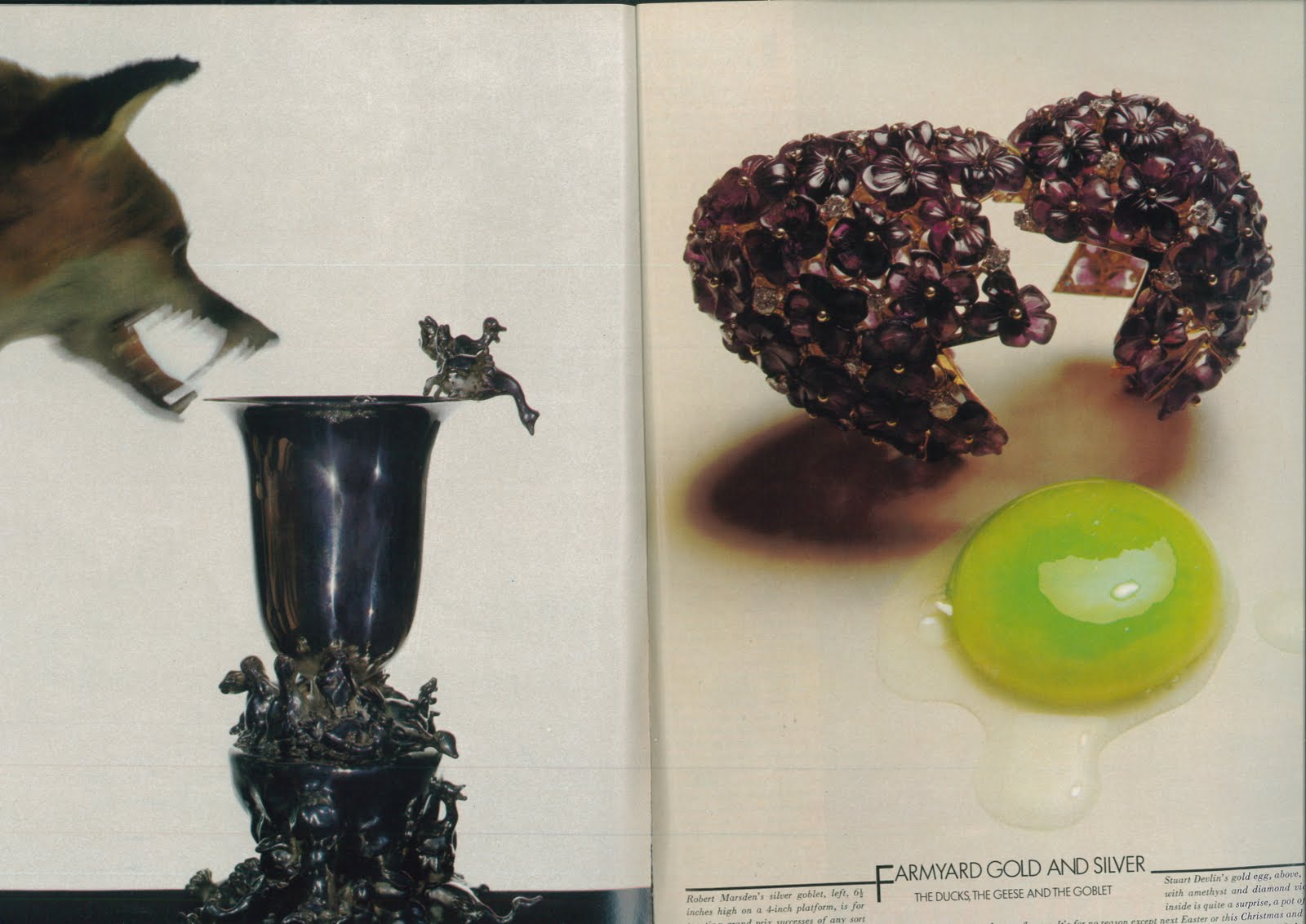



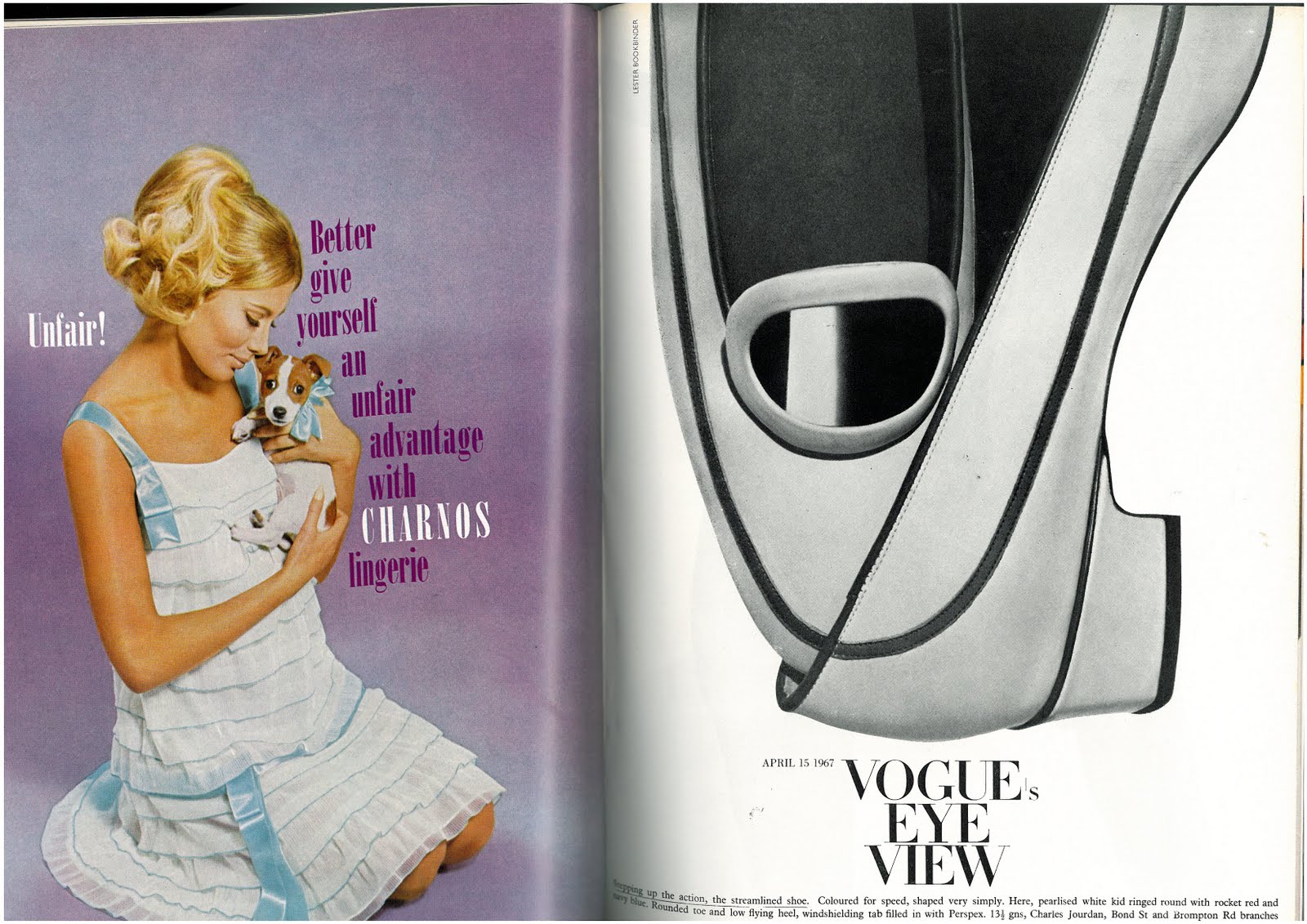 He also starts to make an impact on the advertising world too, with campaigns like this one for Bachelors cigarettes by J. Walter Thompson. (1962/3.)
He also starts to make an impact on the advertising world too, with campaigns like this one for Bachelors cigarettes by J. Walter Thompson. (1962/3.)





 Before long he’s working the best agencies in London, including the best; Collett Dickenson Pearce.
Before long he’s working the best agencies in London, including the best; Collett Dickenson Pearce.

 For one creative team at CDP, Alan Parker* and Paul Windsor, whatever the client, Ford, Harvey’s Bristol Cream, Whitbread or Senior Service Extra cigarettes, whether shooting on location, in a studio, people or objects, Lester Bookbinder was the answer.
For one creative team at CDP, Alan Parker* and Paul Windsor, whatever the client, Ford, Harvey’s Bristol Cream, Whitbread or Senior Service Extra cigarettes, whether shooting on location, in a studio, people or objects, Lester Bookbinder was the answer.
*Yes, THAT Alan Parker.
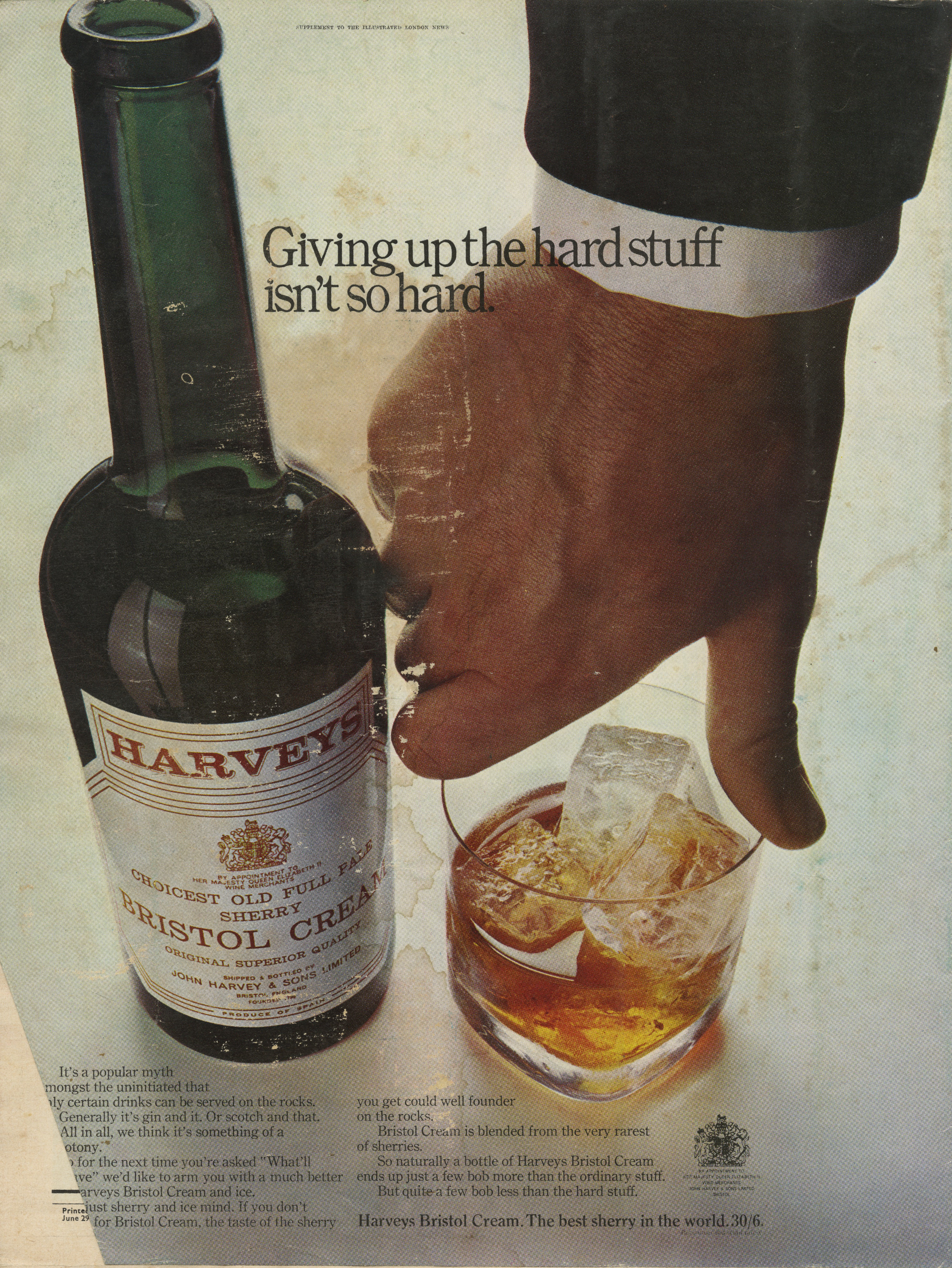


 In the sixties great photographers were eye-waveringly well paid and deluged with work, consequently they’d turn down way more than they’d accept.
In the sixties great photographers were eye-waveringly well paid and deluged with work, consequently they’d turn down way more than they’d accept.
Submitting a layout to someone like Lester in those days would be like submitting a script to Ringan or Glazer today; almost pointless.
So I find it intriguing as to why he took on the Gilt Edge Carpets campaign.
There couldn’t have been layouts, the brief must have literally been “Can you shoot some rolls of carpet?…please Lester.”
Is there anything less glamorous, less stimulating or more dull to photograph than a roll of carpet.
Few photographers would even take on the challenge.
Most wouldn’t have the patience or will power to try to give the shots ‘something’.
But somehow Lester manages to give the shots elegance and sophistication.







 In 1971, Robert Waterhouse talked to Lester for the Design Journal:
In 1971, Robert Waterhouse talked to Lester for the Design Journal:
‘Lester Bookbinder, the American photographer who has imposed his distinctive imagination on British advertising and magazines.
“Look. I take photography seriously, but not myself.” Lester Bookbinder, one of London’s most successful and creative photographers though not necessarily at the same time – is careful to suggest the right image.’
Violently self deprecatory about past work he is nonetheless very touchy about other people’s attitudes to it and the kind of job it now brings in.
That job may not be exactly what he wants but, having made sure there’s enough money for it to be done properly, he proceeds to lavish on it his considerable talents; or, to put it in the language of a Jewish New Yorker born on Bleecker Street, “I work my ass off”.
Still life advertising photography is an ever-present reality to Bookbinder.
Skill in this craft helped him – after spells as a fashion photographer and illustrator – establish his own New York studio in the mid fifties.
There his particular ability to capture, or more often create, the inscape or “this-ness” of a consumer product led him towards the top of a highly treacherous profession.
An exploratory voyage to Europe some ten years ago produced return trips paid for by agencies and four years later he settled here, collecting in due time an English wife, a Somerset cottage and more still life.
“I’ve been relegated to it here. The label is stuck on me so solidly that unless I make a great effort that’s all the work I get. The trouble is I thrive on pack jobs. When they can’t afford forty people running up and down a beach they come to me.’’
So, working for agencies, he shoots the glimmering whisky bottle, the sophisticated cigarette lighter – but not the enchanting pack of cigarettes.
That he gave up a couple of years ago as a small contribution to world health, though he reserves the right to smoke himself to death. Bookbinder reckons that he makes a fair living because “the pictures are sharp and the colour is good”.
But don’t make the mistake of associating this kind of photography with art. “I am by definition a commercial photographer, not an artist by any stretch of the imagination,” Bookbinder assures you.
“I’m successful in identifying the positive aspects of frivolous things. I have the ability to see near beauty in trivia.’’
Near beauty is not to be confused with real beauty or with reality itself – though advertising has a separate reality of its own. Nor are the renowned fashion pictures for Queen – the disjointed females sporting animal limbs and expensive shoes – accorded any retrospective respect: Bookbinder dismisses them as ‘‘second rate surrealism”.
The reason for this seeming aptitude for self-denigration is that Bookbinder, like he says, takes photography very seriously, believing that the art form does exist and that it has reached its finest expression in people like Bill Brandt.
He himself has a collection of “fine” photographs and is a practising artist, only he keeps this side of his work very much to himself. The two dissociated nudes we show on these pages are seen in public for the first time.
London’s rather lethargic pace, (in comparison with New York), permits Bookbinder to spend time on his own work, and on editorial jobs for magazines.
While he freely admits he would go broke if he concentrated solely on magazines, (say £30 a commission instead of ten times as much for an advertising agency), the occasional job serves the dual purpose of making him think in a more creative way than for advertising and of keeping his name before the discerning public.
However, he demands absolute freedom and personal control of the frame eventually used. His relationship with art directors tends to be stormy, though Roland Schenk at Management Today has his confidence and admiration.
Bookbinder’s covers for this magazine are among the few commercial jobs he cares to remember.
Basically an indoors man, working from the measured disorder of his Kensington studio. Bookbinder is also well known and well used on the Continent, where he can be found making tv commercials in Italy or taking baby pictures in France (to his continued amazement).
Now that he can afford to be choosy about the kind of job he accepts, he claims that in the mellow light of Kensington and, particularly, Somerset, the quest for money has left him. He lectures periodically at the Royal College and recently tried out an eight week workshop evening course of experimental photography for students who really wanted to get to grips with technique.
He is not yet sure that it will be repeated. Although successful, it was personally a painful experience – “and I try to avoid pain”.

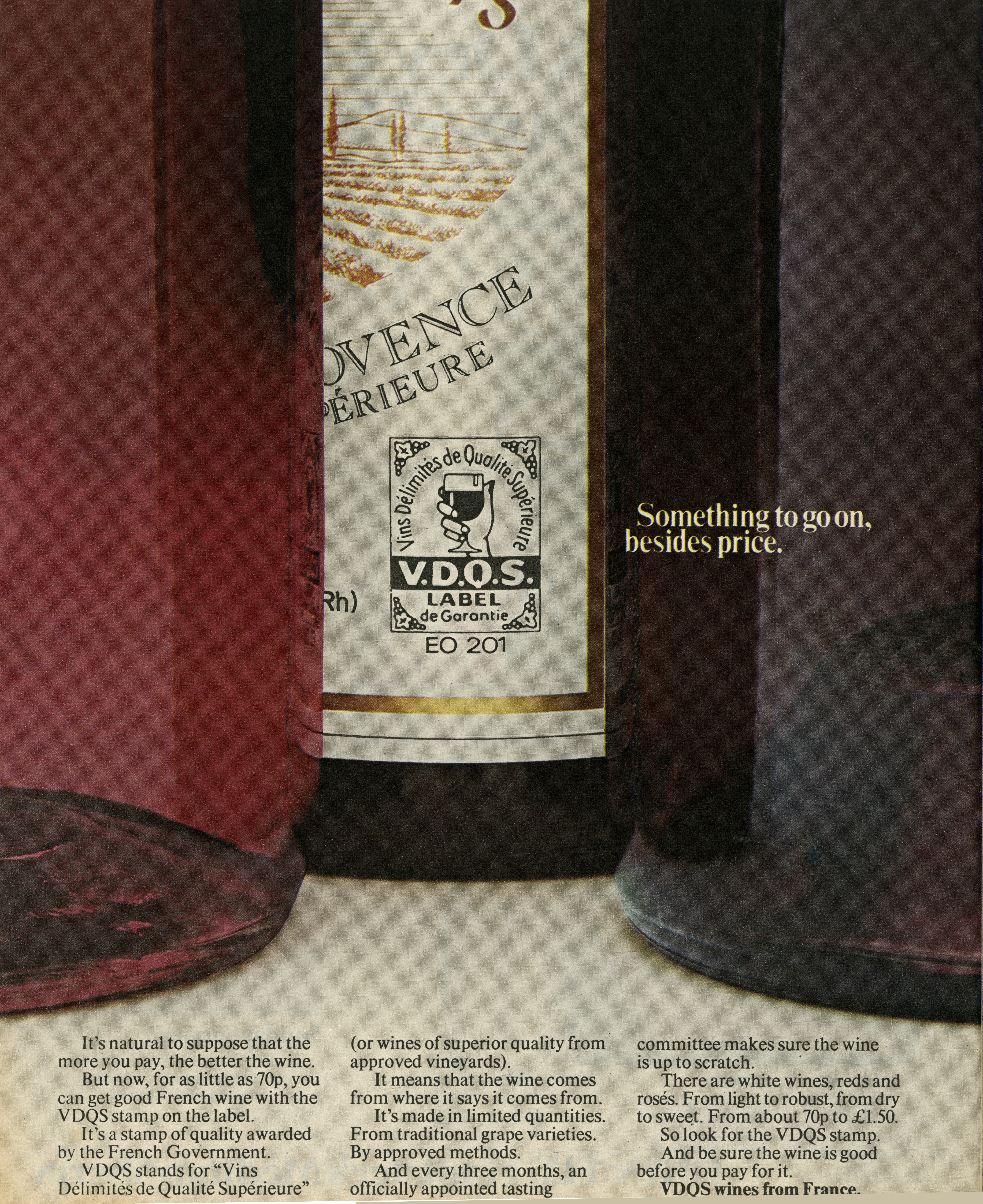





In the same way that kids reject the music and dress codes of their parents, art directors often reject the styles and people favored by the previous generation, preferring fresh, new people, nearer their own age.
So demand for Lester slows in the mid seventies.
But FCO art director Graeme Norways decides against using one of the new kids on the block for his White Horse Whisky campaign, instead he chooses someone old enough to be his dad, and probably the best person on the planet for that campaign.

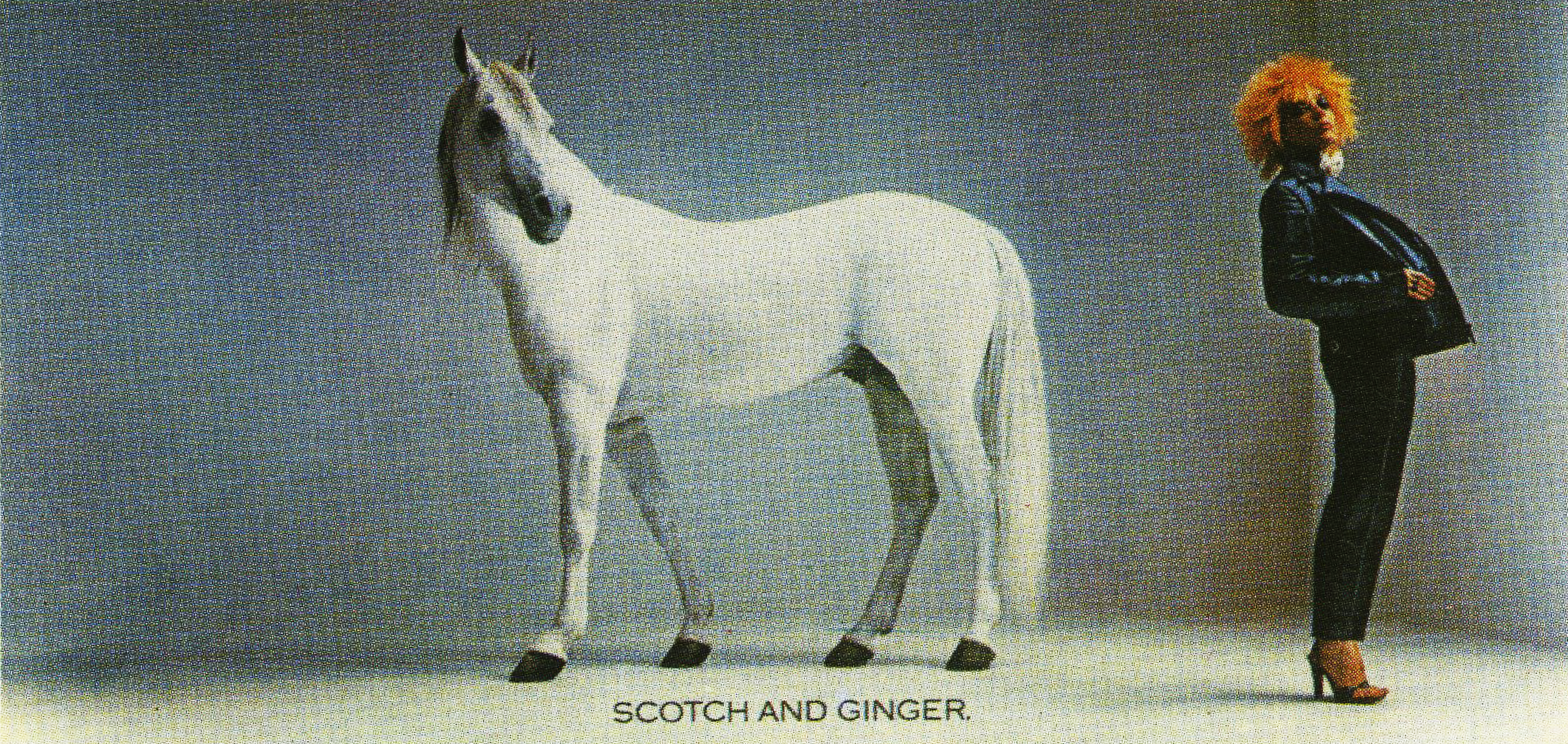


 It’s a tremendous campaign.
It’s a tremendous campaign.
Absolutely timeless.
Lester was now back in vogue, (small ‘v’), and he started shooting commercials as well as stills.
The images from his commercials are strong enough to be stills, as this front cover shows.
The images with Paul Arden for the V&A are amazing.
They are made be odd, idiosyncratic little touches, like the one unvarnished fingernail or the mug positioned behind the sculpture.




 His last great campaign was with Mark Reddy for Volkswagen.
His last great campaign was with Mark Reddy for Volkswagen.
The idea was to shoot images that look distorted, as if being seen by someone from a speeding car.
But how do you distort them in a way that looks real yet aesthetically pleasing?
How do you control what you are shooting?
Lester pointed the camera at a reflective piece of perspex that could be bent in or out to extend or contract the image, giving him complete control.

Throughout his career Lester shot a helluva lot of personal work, unfortunately these are the only pictures I could find. (Bought by Paul Arden.)


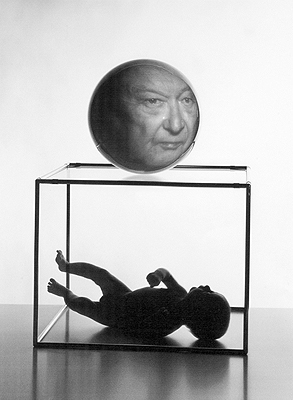
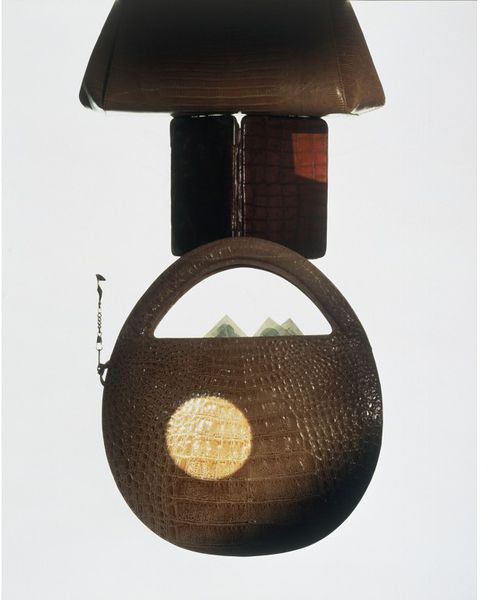
In our business you often hear the question ‘do they have a good eye?’
Very few have.
But those that do transform.
In their hands the everyday feels exotic and the familiar appears fresh.
It’s not logic, education or training. It’s an instinct.
They make subjective decisions.
‘Five ice cubes look right’, ‘The face out of focus is best’, ‘Leave one fingernail naked’.
Some people get those decisions right time after time.
The ones with ‘an eye’.
Like Lester Bookbinder.
A profile of Lester by Creative Review, from February 1982.



“In their hands the everyday feels exotic and the familiar appears fresh.
It’s not logic, education or training. It’s an instinct.”
an awesome takeout.
What makes a good photographer great is to focus on the essence of what you are trying to say and see. Lester Bookbinder had this quality in abundance.Thank you for reminder what a great photographer he was.
This is great, Dave. Beautiful pictures.
His work is extraordinairy – it’s sure footed slipping and sliding effortlessly from one genre to another makes me gasp in awe – as he pushes each genre further – crafting images beyond words – giving commercial photography a different and unique dimension. The man is a truly amazing photographer.
Wow, this is photography!
Howbeit, it is his editorial layouts that make an impression on me most. Seeing photography as tool to my design process, more than seeing myself as someone “striving” to be the most renowned photography, I find this trove of Bookbinder’s portfolio a relic to keep.
Another observation that piqued my curiosity is the way in which Bookbinder IDENTIFIES and creates “good” out of everything [trivia or important] he’s called to work on. — “I’m successful in IDENTIFYING the positive aspects of frivolous things. I have the ability to see near beauty in trivia.”
Thanks for this treasure trove and the memory it sparked.
In the early 90’s I worked for Lester as a humble runner – I had a motorbike and it was my job to run the film from the studio in Mount Pleasant to the developers somewhere in/ near Farringdon.
The brief, from what I could work out, was a tropical fish, a yellow one, and a woman. Shot on a white background.
His kit was a lot of lights and 10″ x 8″ camera.
Most of the work I’d done to date was pop promos i.e. fast and loose, so this was a little different. A three-day shoot for a fish!
Calm, quiet and very very particular.
In the two, or maybe three days I was there, I seem to remember two hair stylist ‘changes’, a new makeup artist and either two or three models. But all without shouting, or even raised voices.
New faces just appeared and the others were not talked about.
Andy, I think, was the name of his assistant, who was quiet, calm, knew his onions and seemed to have an almost telepathic link with Lester. From the west country, I think.
Being the enthusiastic young creative, I was keen to help, which was met with body language and look of a grumpy uncle (Lester).
That was until, the raft of other assistants and tropical fish/ tank specialists couldn’t get rid of the water marks on the fish tanks (there were four, but only one was used).
So, having become bored of doing not much and watching an hour of futile attempts to remove said water marks, I just chimed in and said, why not use vinegar? And based on their reaction, you’d have thought I’d just farted in church.
So, off I went to a local corner shop to get some Sarsons, as the shammy leathers and lens blowers weren’t working.
Half-hour later the tanks were as optically clear and correct as they would ever be.
Lester had noted the sudden progress and I can only presume communicated telepathically with Andy on how and what.
At that point the ‘grumpy uncle’ look he’d given earlier turned into just a look!
Later that day, Andy said well done for today, you can come back tomorrow.
I’ve never forgotten that shoot, that name and how very very particular he was.
Similar parallels I think to Van Morrison – amazing creativity, very particular and more than a bit of a curmudgeon.
Thanks again Dave, and hopefully my story adds a little to it.
I used to process and print b&w still lives for him in early 70’s. Always a surprise when I turned on the light and looked at the neg. usually thinking ‘how the &$”*#% did he do that? 😎
Love those kind of stories Nigel, there are more than most under Lester’s posts. Dx